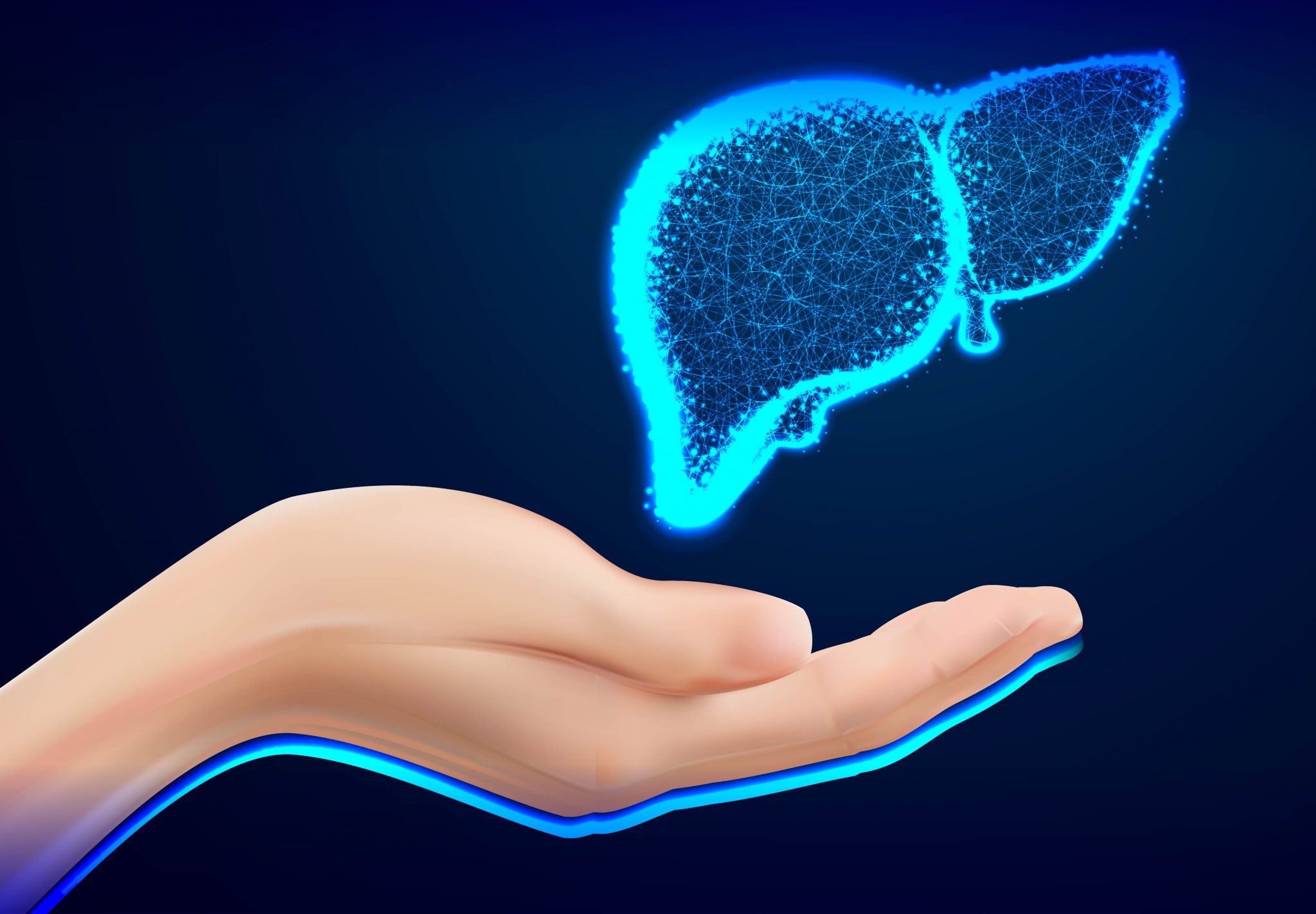Have you ever wondered what makes us grow into who we are today?
Why is your hair black or brown or blonde? How can you be taller than your parents? Why do you have small hands? If you’ve wondered about these questions in your life, then we’re here to answer these questions today.
There are a hidden set of instructions within our cells that dictates the way we are.
DNA is short for deoxyribonucleic acid. Whew that’s a mouthful!
DNA is essentially a molecule that contains all the instructions required in order to build and maintain cells in your body.
How does DNA work?
We’ll have to start with amino acids.
Amino acids are small building blocks that makes up proteins.
Proteins make up cells.
Cells with similiar functions make up tissues.
Tissues make up organs.
And finally, a bunch of different organs make up a living organism — us!
So, what is DNA’s role in all these?
Genetics 101: Genes are made of DNA
There are 4 types of DNA bases, and they are linked together to form a long DNA strand:
- Adenine (A)
- Thymine (T)
- Guanine (G)
- Cytosine (C)
The DNA bases usually exists in a pair:
- A and T are a pair.
- G and C are a pair.
Two strands of DNA will be connected at the pair bases, which gives you a spiral coil.
A sequence of DNA (usually 3 DNAs), known as genes, contains the instructions that codes for a specific amino acid. You can think of genes as the blueprint for amino acids!
Quick Fact: The ABC11 gene determines whether you will have wet or dry earwax!1
How does DNA make us different from each other?
Imagine a world where everyone shares the exact same copy of genes. We would all look the same!
Since we inherit half of our genes from our mother and another half from our father, we would share similiar traits with our siblings, but we will not look the same because of probability.
Some genes can exists in a variety of different forms, even though they may be located at the same position. The different forms of the same genes are known as alleles, which will contribute to the difference in traits.
Example 1:
The ABC11 gene determines the type of earwax that you’ll have. If you have one of two alleles of the gene, you’ll have wet earwax, but if you have a third allele, your earwax will be dry.1 How weird is that?!
Example 2:
A mutation in the DEC2 gene, which affects our circadian rhythm, has been associated to shorter sleep duration.2
Isn’t this fascinating? Researchers are still uncovering more and more information about our genes as time goes by, but there are already a wealth of information that’s available to us right now.
Stay tuned for more in our #DiscoverGenetics series!
References:
- K Yoshiura, A Kinoshita, et al. A SNP in the ABCC11 gene is the determinant of human earwax type. Nature Genetics volume 38, pages 324–330 (2006). https://www.nature.com/articles/ng1733
- Y He, C Jones, N Fujiki, et al. The Transcriptional Repressor DEC2 Regulates Sleep Length in Mammals. Science. 2009 Aug 14; 325(5942): 866–870. https://www.ncbi.nlm.nih.gov/pmc/articles/PMC2884988/

